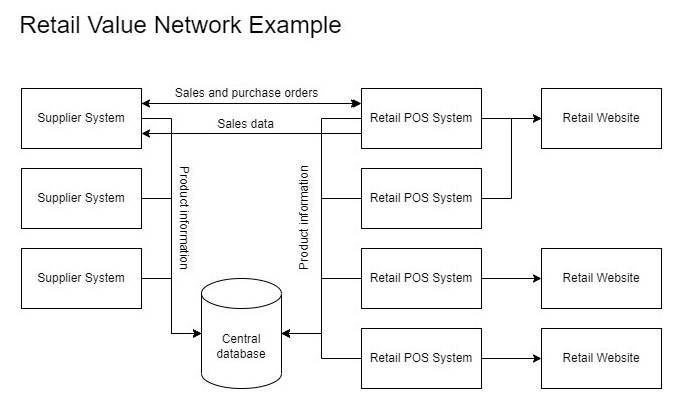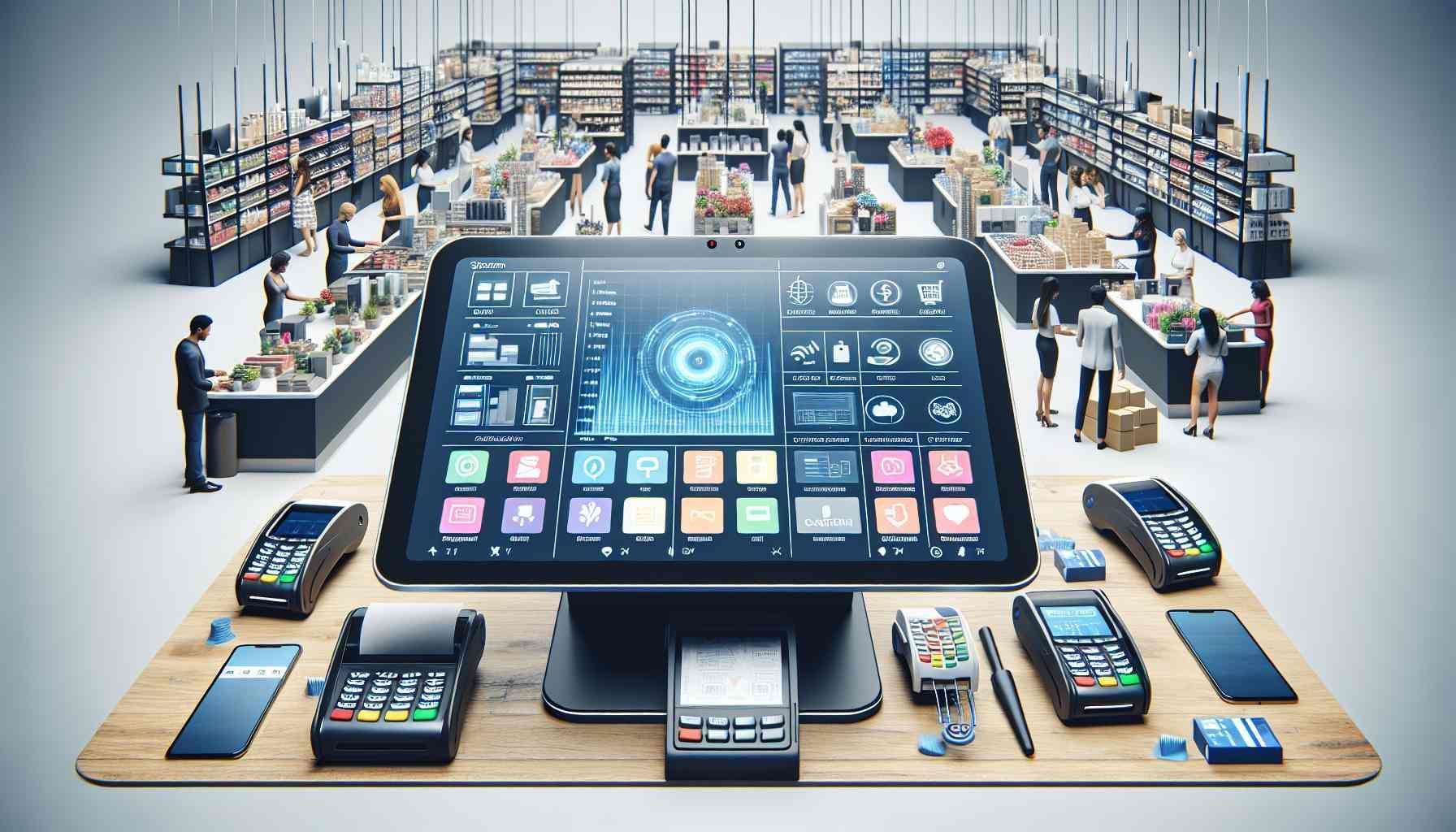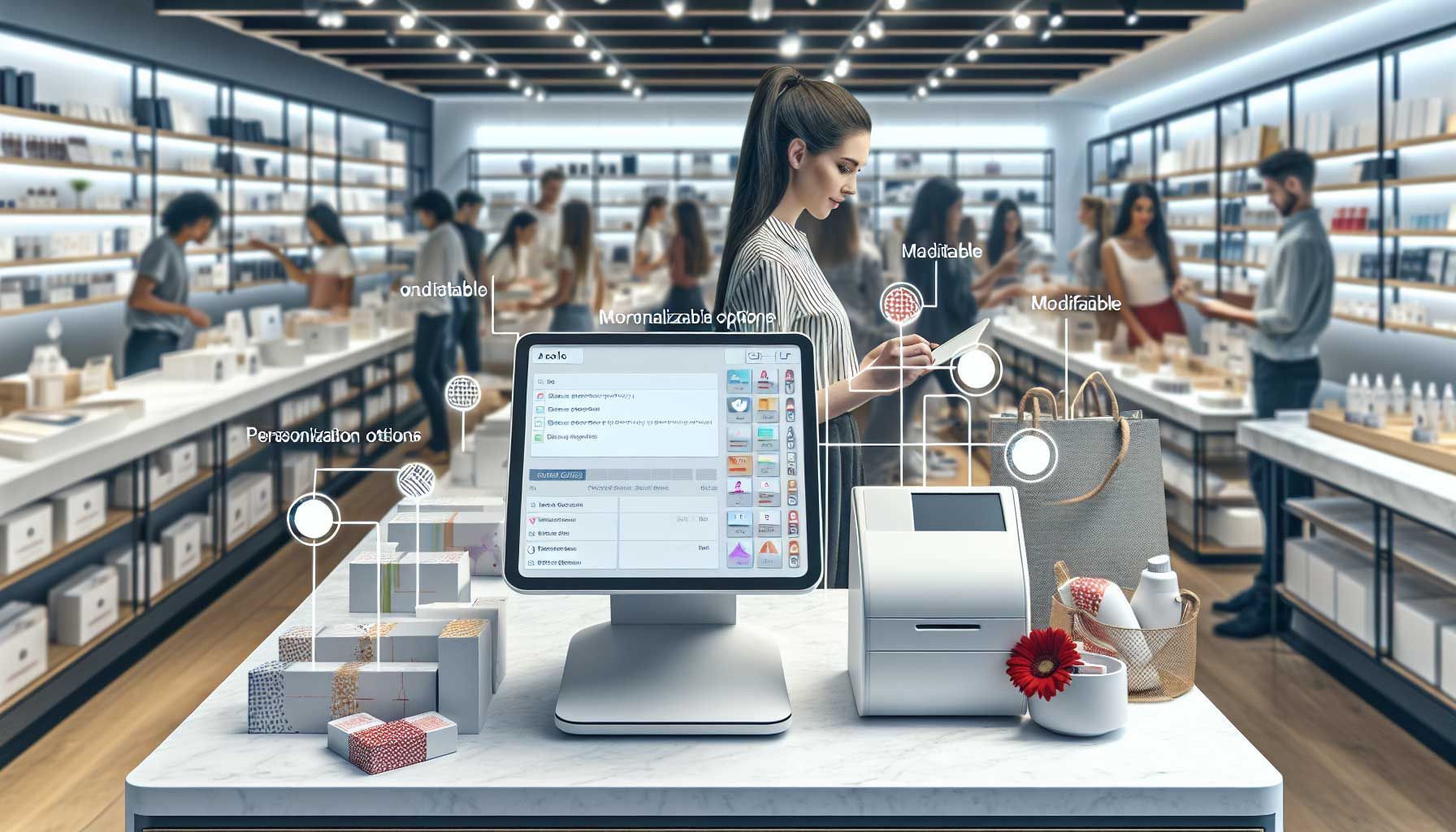B2B PIM System For Wholesalers To Save Time and Drive Results
Introduction: What is a B2B Product Information Management System (PIM)?
The B2B PIM system allows manufacturers to store and retrieve product-related data, such as product specifications, images, prices, and associated documents. The B2B PIM system may also include functionality for managing the information flow between organizations in a supply chain. The solution is usually accessed by users through a web browser or mobile app. This means that it can be used on any device with an internet connection.
The customer portal provides a library of pre-defined products, and individual customers may add or change product content. The portal also includes functionality for managing the flow of information between organizations in a supply chain. Furthermore, a customer is able to place orders using the customer portal. Orders can include multiple items and can be inbound or outbound.A B2B PIM system is often integrated into the company’s ERP system. This means that all the data related to a specific product or service for specific customer will be in one place. It also makes it easy for companies to find information about their customers, suppliers and every other business partner.
It should be the central database and supplier system like in this image:


What are the Benefits of Installing a B2B PIM System?
- Product data can be accessed by all stakeholders in the organization irrespective of their location.
- Costs are reduced by reducing duplication, errors and manual processes.
- Data can be shared with suppliers and partners to improve collaboration and communication.
- The system can integrate with other enterprise systems to provide more insights into the business.
- The B2B PIM system can be integrated with different sales channels and customers.
1. Product data can be accessed by all stakeholders in the organization irrespective of their location.
2. Costs are reduced by reducing duplication, errors and manual processes.
If your company is not using a B2B PIM system, then you are not only wasting time but also money. It helps increase productivity as it allows employees to focus on more important tasks. You will reduce the cost of labor by automating manual data entry. More than likely, you will increase revenue by providing reports and statistics to help your company grow and expand.
The time employees spend on data entry can be improved by up to 80% with a B2B PIM system. This will result in substantial cost savings, an increase in efficiency and improved customer service.
3. Data can be shared with suppliers and partners to improve collaboration and communication.
A B2B PIM system makes it possible to share data with partners. The benefits of data sharing are that it helps companies save time by providing them with quick access to information about their suppliers and partners. It also allows companies to make better decisions by having access to more information about their suppliers’ operations. Therefore, this lead to improved collaboration and communication between the wholesaler and retailers. The ability to give others access to your system is therefore essential for good collaboration.
It should be the wholesaler's responsibility to share information about its operations, such as sales andinventory levels, to be shared with its retailers. The retailer will also share information about their operations by sharing their inventory levels. This way, both the wholesaler and retailer can have a better understanding of each others.
4. The system can integrate with other enterprise systems to provide more insights into the business.
The integration of a B2B PIM Solution with other enterprise systems (or POS systems of retailers) can help improve insights into the business. This is because it provides a unified view of customer data, which helps in finding new opportunities and understanding customer needs.
This also ensures that there are no duplicates or gaps in customer data, which will help with marketing campaigns and customer service. As the digital
marketplace and
industry continues to evolve, wholesalers need to stay ahead of the curve and have a better understanding of data and its value. When you look at your company’s processes through the lens of data, it becomes easier to see how you can improve them.
5. The B2B PIM system can be integrated with different sales channels and customers.
Sales channels are a troublesome point for many companies. There are so many to consider, but not all of them are necessary for a company's success. The beauty of a B2B PIM system is that you can decide for yourself which channels you want to integrate. For example, it can integrate with e-commerce stores so that you can have your products for sale on your website as well as on Amazon or Ebay. It can also integrate with Social Media platforms like Facebook or Instagram so that you can share information about your products with the world.
Furthermore, the big advantage is that
integration with different sales channels can be used to manage customer relationships and create personalized offers.

What are the different components of a good B2B System for product information management?
- Data integration: The system should have the ability to integrate data from various sources.
- Tracking and monitoring: The system should be able to track and monitor all the data that is being updated in real time.
- Personalization: The system should be able to personalize content for each user.
- Workflow automation: This is where the system can automate workflows for business users.
- Custom design and branding: The system has to be customized according to the company’s needs, so that it can provide a great user experience.
- Cloud solution: You want to be able to give everyone access no matter where they are.
Let's explain them briefly.
1. Data integration: The system should have the ability to integrate data from various sources.
2. Tracking and monitoring: The system should be able to track and monitor all the data that is being updated in real time.
This will enable the company to make better decisions based on the data. The B2B software should be able to capture and record all the data being sent over the network in real time. This will enable other departments within the company to identify trends in data and make better decisions based on these trends.
In addition, the software should also be able to send alerts to the company in case of an anomaly. This will help the company make better informed decisions. The software should also be able to generate reports based on this data for various departments within the company.

3. Personalization: The system should be able to personalize content for each user.
Personalization is the key to success for any B2B PIM system. The system should be able to personalize content for each user, understand their preferences and provide them with the information they are looking for. The system should take into account that users might have different preferences. For example, a salesperson might want to see their leads’ contact information while an HR person would want to see their employees' contact information in order to find out more about them. Therefore, you should be able to set up user roles and personalize account settings for each user. The system should allow users to personalize preferences for the way their data is displayed, including designating custom fields to use in their data entry forms. Users may also have the ability to set up notifications for when their specific data is requested.
Furthermore, users should have the ability to configure how often they would like to receive emailed reports or alerts that include their personal information. They may also be able to choose what types of email notifications they would like, including receiving a notification each time a request is made.
4. Workflow automation: This is where the system can automate workflows for business users.
The main benefit of workflow automation is that it helps organizations save time and money by streamlining their processes. This means they can focus on other important aspects of their business like product development or customer service.
5. Custom design and branding: The system has to be customized according to the company’s needs, so that it can provide a great user experience.
Business-to-business PIM systems are increasingly complicated and need to be custom tailored to the specific needs of the company. The aim is to create a PIM system that meets specific company requirements and has a user experience that meet the demands of the business. With so many different PIM systems available, it is hard to know where to begin. However, there are some general tips that customers should keep in mind when evaluating a PIM system. The first step is determining the type of information required by the company. For example, a wholesaler needs to record stock inventory in real time and need to calculate the number of potential single-day sales.
Of course you want to offer the perfect user experience, so it is important to be able to implement your own branding.
6. Cloud solution: You want to be able to give everyone access no matter where they are.
Cloud solutions are a popular way to manage data and files in the workplace nowadays. They provide employees with access to all the information they need, no matter where they are. Cloud solutions can also be used by suppliers to streamline their workflows and provide better customer support. It comes as no surprise that digital office tools are gaining in popularity among the workforce. These tools are more convenient to use and offer more features than the traditional office tools.
A new study by the
National Association of Colleges and Employers found that only 16% of employers have fully adopted digital office tools like Microsoft Office 365 or Google Apps. So there is still a long way to go before they become commonplace across all industries. To be fully adopted, employers will have to switch their budgets from traditional office tools to cloud solutions.

Conclusion: How Can a B2B Product Information Management System Transform Your Business?
A B2B Product Information Management System can transform your business by increasing productivity and efficiency while reducing costs. It will help you take control of your data and make the most of your company’s resources. Certainly as a wholesaler you want to offer your customers (retailers) and employees the right information to sell the range as quickly and easily as possible.
Discover the complete solution from Retailgear that perfectly matches the wishes of the wholesaler. ThePIM system works fully integrated with the
B2B Sales App and with the retailer's system.

We look forward to share the best strategies with you.
Thank you!

Bring your shop to the next level
Hi, I'm George and I like retail and technology. Therefore, my passion here at Retailgear.com is to provide you with reliable information to automate and digitize your store. You can find out what we can do for your industry through our menu. Also, feel free to check out this updated list of retail tools.
Get inspiration in your inbox to get more sales and store visitors with less effort.











